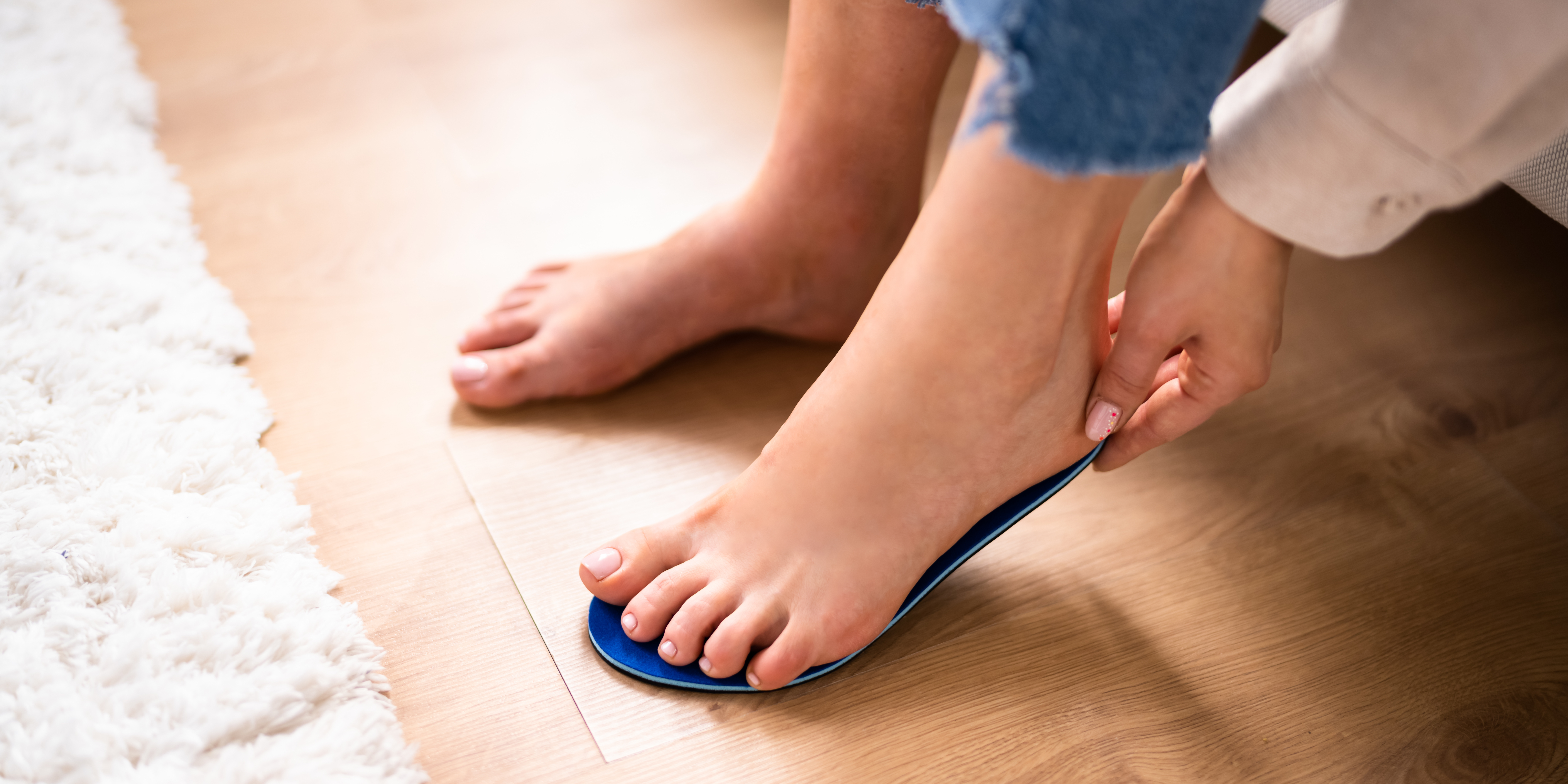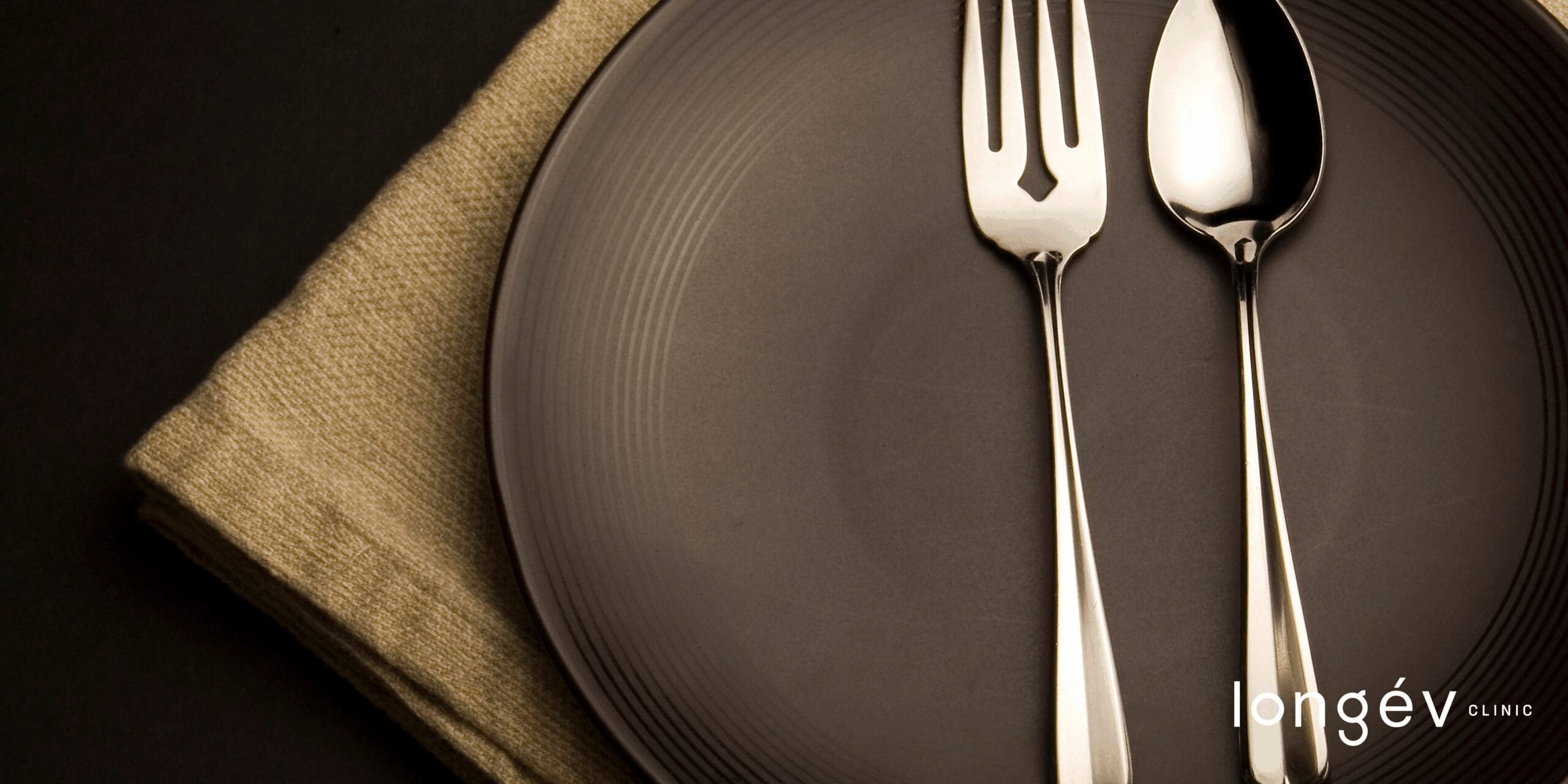

Orthotics are custom-made shoe inserts designed to support, align, or improve the function of the foot, and there is a solid body of evidence supporting their benefits for a range of musculoskeletal issues. Here’s a rundown of some of the evidence-based benefits of orthotics and the types of symptoms they may help relieve:
Evidence-Based Benefits of Orthotics
- Pain Reduction: Studies have found that custom orthotics can effectively reduce pain in people with conditions like plantar fasciitis, knee osteoarthritis, and metatarsalgia (pain in the ball of the foot).
- Improved Alignment and Posture: Orthotics can help to align the feet and ankles, leading to better posture and alignment throughout the entire body.
- Increased Foot Function and Mobility: Orthotics can improve gait and walking efficiency, which may help people with arthritis, diabetes, or other conditions that affect mobility. This is especially beneficial for individuals with foot deformities, such as bunions or hammertoes, as orthotics can help accommodate and relieve pressure on these areas.
- Prevention of Foot Complications in Diabetes: Orthotics can play a preventive role in people with diabetes by reducing the risk of foot ulcers and other complications. Diabetic neuropathy can lead to changes in foot shape and a loss of sensation, which orthotics can help address by providing a customized fit and even weight distribution.
Symptoms and Conditions That May Benefit from Orthotics
If you’re experiencing any of the following symptoms, orthotics might be a beneficial treatment option to explore:
- Heel Pain or Plantar Fasciitis: Characterized by sharp, stabbing pain in the heel, especially first thing in the morning. Orthotics can help by providing arch support and cushioning for the heel.
- Knee Pain: Certain types of knee pain, particularly related to patellofemoral pain syndrome (runner’s knee) and osteoarthritis, can be alleviated by orthotics that help align the feet, which can reduce stress on the knee joint.
- Lower Back Pain: Poor foot alignment can contribute to lower back pain by affecting posture. Orthotics can help provide stability and support that aligns the lower body, which may reduce pressure on the lower back.
- Ankle Pain or Instability: If you have frequent ankle sprains or pain, orthotics can help improve stability and prevent excessive motion that could lead to injury.
- Arch Pain or Flat Feet: People with flat feet or high arches may experience discomfort and strain. Orthotics can provide customized arch support to relieve pressure and improve alignment.
- Hip Pain: Misalignment in the feet can contribute to hip pain by affecting gait. Orthotics can help balance and stabilize the lower body, potentially reducing pain in the hips.
- Bunions or Hammertoes: Orthotics can help by offloading pressure from these areas and providing proper support that may prevent further progression of these deformities.
- Shin Splints: Often associated with overuse or poor foot alignment, orthotics can help distribute pressure evenly and provide support, potentially reducing shin pain.
If any of these symptoms sound familiar, consulting with a healthcare provider who specializes in foot mechanics, such as a podiatrist or an orthotics specialist, can help determine if orthotics could be beneficial for you.
I already have orthotics – when do I need to get new ones?
Orthotics should generally be renewed every 1 to 3 years depending on several factors, including the material, your activity level, and any changes in your foot structure or health needs. Here’s a breakdown of considerations for when to replace them:
1. Wear and Tear
- High-Quality Custom Orthotics: These may last closer to the 2-3 year range, especially if made from durable materials like carbon fiber or polypropylene.
- Soft or Semi-Rigid Orthotics: Softer materials like foam and leather typically wear out faster and may need replacing every 1-2 years.
2. Activity Level
- High Activity: If you’re an athlete or on your feet all day, orthotics tend to wear out more quickly due to increased pressure and movement.
- Moderate to Low Activity: For those with a sedentary lifestyle, orthotics might last longer since they experience less wear.
3. Changes in Health or Foot Structure
- If you’ve experienced changes in weight, pregnancy, injury, or foot surgery, or if you develop new issues like arthritis, your orthotics may need adjusting or replacing sooner.
- Your feet can also change shape over time, especially if you have conditions like flat feet or bunions that progress. Custom orthotics may need updating to continue offering proper support.
4. Signs It’s Time to Replace Orthotics
- Visible wear, thinning, or cracking
- Reduced comfort or effectiveness
- Increase in pain or recurrence of symptoms that the orthotics initially relieved
At Longév, we use cutting-edge 3D scanning technology to create true custom orthotics tailored to you. Don’t let foot pain hold you back—your feet deserve the best! Book an appointment today or call for more information.



